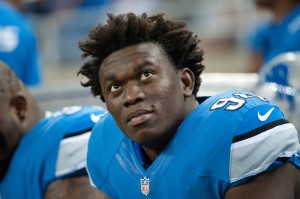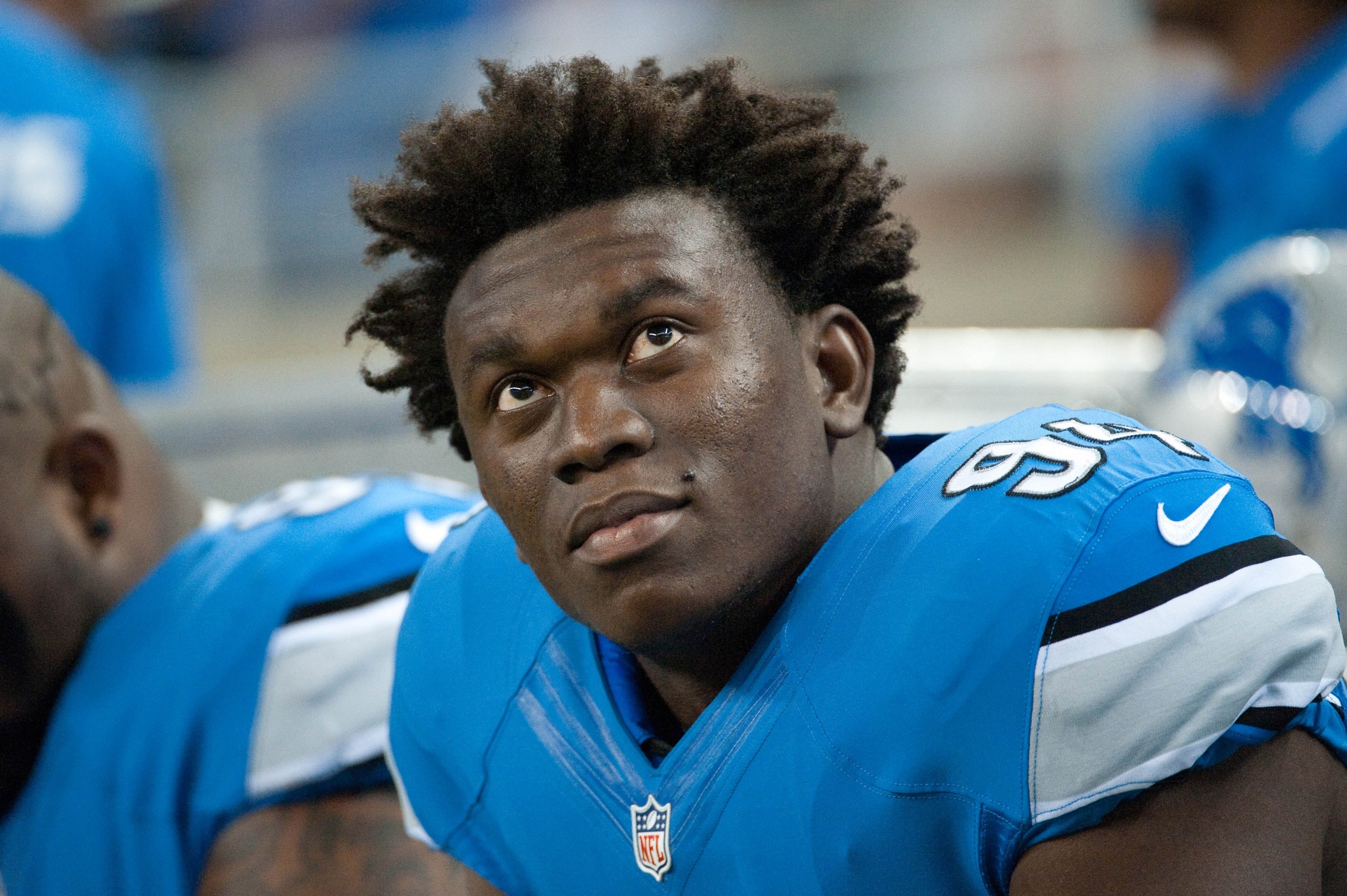The following article is a guest contribution from Evan Brennan. Mr. Brennan an NFLPA Certified Contract Advisor and is a current student at Chapman Law School. He holds a Master’s degree in Sports Management from California State University at Long Beach, and a Bachelor’s degree from Brigham Young University. He has worked in athlete public relations, marketing, and other areas for various sports professionals and companies for years. Follow him at @brennansports on Twitter.
In December and January, when an NFL prospect has completed his eligibility either via his last regular season game for a non-bowl team or the completion of his bowl game he is then eligible to sign with an agent (underclassmen declaring notwithstanding). For many players, the first question will be, “Where I am training?”
For agents, there are things to consider such as cost, location, reports to the agent about progress, potential client’s preference, history and specialization. For the player, many of those interests are similar, but there is an extra emphasis on history with a player’s given position and results derived.
The use of training facilities for NFL players is a somewhat recent phenomenon that has in the last 10-15 years really spread into the mainstream where it was not before. It is now a thriving business in which prospects have a great deal to choose from in terms of facilities and trainers. Fully understanding what a facility can offer to the player, and what a player actually needs, are of peak importance.
Players need to be cognizant that “you only get what you give” and genes play a very big role in improving what is brought to a trainer. Without giving fanatical effort, great focus and rehab, along with some genetic aid, results can only be improved so much in a few months’ time. Players would be wise to go to an environment where during the training, they can give their entire focus to perfecting their body, mind, and entire mental state to NFL standards.
In my experience, the players that got the most out of training were those that were the most focused, usually (but not always) did not go to a big-name facility, and had a serious chip on their shoulder. I often counsel players that training for the NFL is like prepping for a state’s Bar exam, LSAT, MCAT, or any huge exam. Sure you need breaks and moments of fun, but few of those serious students spent their evenings drinking in clubs, hitting the beach in the afternoons, or not doing everything possible to ensure a high score. Such zealous fervor, maturity, and avoidance of stardom-not-yet-achieved is to be emulated by the best of athletes. Can you imagine a newly minted Harvard Law grad, likely to be making a great deal of money in private practice, spending his evenings in nightclubs weeks before a state’s bar exam?
There is a reason that the top facilities are the top facilities; they have amazing amenities and have trainers that have a great deal of experience. They usually train various athletes from different sports and provide a huge array of services. Many 1st round and high round picks will train at a few very select locations, but from there, draft picks and undrafted players train all over. The cost of these top facilities is high, as to be expected, and agents need to calculate the ROI of sending a player to one of these, especially if he is projected to go later (or not at all) in the NFL Draft. Bigger does need equal better, and a client needs to understand that. There are several other factors to be taken into account from a player’s perspective other than high-ranking players X, Y, and Z have trained or are training at a given location. I personally have seen a defensive tackle that was a huge NFL Draft afterthought significantly improve his numbers to a 4.83 40 yard dash, 38 on the 225, 31-inch vert at 6’5, 305 pounds, all at a relatively no-name facility.
Agents need to be weary of players who are simply looking for a vacation or a bells and whistles facility, as this may be a sign of relationship problems to come. Also to be weary of is the facility that is more concerned about extraneous items than those items that will actually make the client more prepared for the NFL Combine and the player’s Pro Day. A player that is more interested in partying on an agent’s dime than working hard to improve would not be an ideal investment, nor is a facility that directly or indirectly promotes or distracts from anything but the highest level of constant improvement and athletic performance.
While a facility would be reticent to say this to any agent or prospective client willing to pay, some facilities have had better luck with undrafted free agents than higher round draft picks. The amount of attention given to each athlete attending the facility needs to be immense. Some facilities are able to offer this more to lower ranked players than others, and when forced to make a choice or compromise, said facilities may be forced to choose the player that is more likely to get drafted higher. Players need to understand where they likely fall in the draft and look at the success that a given facility has had with their particular group of draft candidates. This requires a reality check by parents, agents, players, and others, and is counter-intuitive to what players and parents may be habituated to and expect as they enter the professional football world.

Curious it is that Ezekiel Ansah, this year’s number five overall pick in the NFL Draft did not go to any formal outside training facility, but rather trained at his school while still attending class. It is to be noted that Ansah is a unique case, but does provide some clout that for some players, training at one’s school is a possible route. It is to be noted that several 4th and 5th Round players in this draft such as Ryan Nassib, also trained at their respective schools as well. For some players, this a valid option, and should be explored and not dismissed due to pride, ego, or what others are doing. Again, personal fit is key and there is a reason that the strength coaches at schools get paid for what they do.
For some players at the top of the draft, certain services that may need to be looked at as valuable include preparation for the questioning and interviewers that occur at the NFL Combine. Interviewing is such a huge part of the draft process; a player that truly struggles in this area has something to gain by former NFL execs and others that offer these services. Sometimes they work in conjunction with facilities and other times they work independently. Again, these are most commonly seen at those in the top portions of the draft.
Positional coaching is also huge, especially for QBs and specialists that may have significantly less to gain with the rest of combine training. There are coaches and camps that cater especially to QBs and specialists; a player of that position would be wise to look at options in those circuits, understanding that the rules of fit and success with a player’s given draft position still apply. At pro days, there are a number of drills that scouts will run players through that will be position specific. Training facilities that have coaches that have an expertise and experience in this particular preparation are new vogue in training. This also causes a great deal of specialty with where certain players go and train based of who these coaches are and the resumes that they have produced in this regard.
Not to be diminished is the role that nutrition and diet can have in raising not only a player’s physique, but also his overall performance on the specified drills. I would be remiss to say that there have been moments in which a scout has remarked that a player has looked or has not looked like an NFL player upon seeing him without his shirt on at a pro day. Working with a qualified nutritionist who has closely monitored and individualized nutrition plan with specified goals that work in conjunction with the agent and trainer can be a valuable asset. Players would be wise to begin their knowledge of NFL nutrition, as well as their fast of non-NFL foods and dietary techniques far before they reach a facility or complete their collegiate eligibility.
Less can be more for player in this area of enticement, excess, and flash. But of paramount importance to players and their agents is fit, history of success with those in the most similar position of the player, and the ability to focus individually on a player and his needs.
